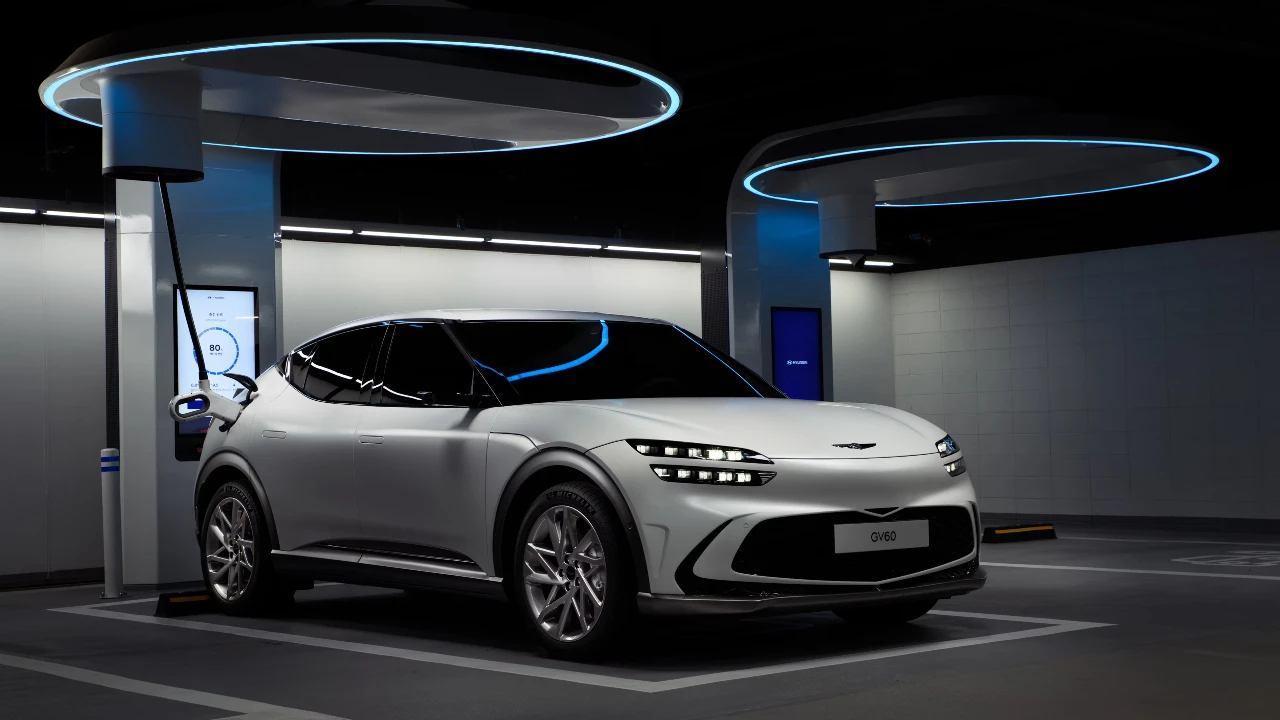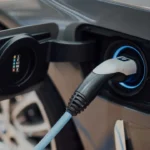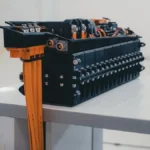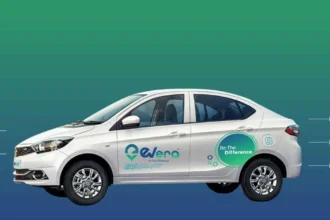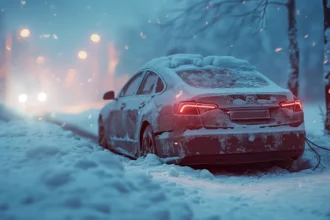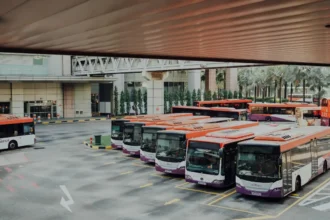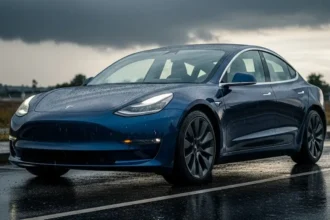Driving an electric vehicle in India today can be stressful because finding a charging station is difficult in many areas. This problem is about to change dramatically. According to LiveMint, the government has appointed Bharat Heavy Electricals Ltd (BHEL) to lead a massive expansion of charging stations across the country.
This public sector company will now be the main organization responsible for planning where new chargers should go and making sure they get installed properly.
What Being a “Nodal Agency” Actually Means
When BHEL becomes a nodal agency, it means the company will be like a central coordinator for the entire country’s EV charging network. Heavy Industries Minister H.D. Kumaraswamy explained that BHEL will carefully study where people need chargers most. The company won’t just build chargers randomly – they’ll first figure out which places have the most electric vehicles but not enough places to charge them.
BHEL will also create a special app that will make using charging stations much easier for EV owners. This app will let you check if a charging station is free before you drive there. You’ll be able to book a time slot and pay directly through the app, which solves many problems EV drivers face today.
The Scale of This Charging Network
- Current situation: As of April 2025, India has 26,367 public charging stations, with 1,165 new ones added in just the first three months of 2025. This shows steady progress, but it’s still not enough for a country India’s size.
- Future goal: The government plans to install 72,000 chargers nationwide by the end of FY26 (March 2026). This means the number of charging stations will nearly triple in less than a year, making a huge difference for EV owners.
- Strategic locations: These chargers won’t just be in big cities. They’ll be placed along 50 major highway routes, at toll plazas, railway stations, airports, and even at regular petrol pumps. This solves the biggest fear of EV drivers – running out of battery on long trips.
How the PM E-Drive Scheme Makes This Possible
The government is spending ₹2,000 crore specifically on charging infrastructure as part of the larger PM E-Drive scheme. This financial support is crucial because building charging stations is expensive, especially fast chargers that can charge vehicles quickly.
The scheme also helps people buy electric vehicles at lower prices. When you purchase an EV, the manufacturer gives you a discount upfront, and then the government pays that money back to the manufacturer. Nearly 40% of the total ₹10,900 crore budget is set aside just for electric buses, with another ₹500 crore for electric trucks.
| Current Challenges | How The New Plan Helps |
|---|---|
| Most charging stations are concentrated in urban areas, creating anxiety for drivers on rural roads and highways. | The new plan specifically targets highway corridors and connects cities, creating a nationwide network instead of just urban clusters. |
| Finding an available charger is difficult and often requires driving around to multiple locations. | The new app will show real-time availability and allow advance booking, making charging as convenient as possible. |
“Under the visionary leadership of Prime Minister Shri Narendra Modi, India is on the path to becoming a global model for sustainable transport,” said H.D. Kumaraswamy. This follows the previous FAME schemes that ran from FY15 to FY24, which used a similar approach but on a smaller scale.
As this plan unfolds over the next year, electric vehicles will become a much more practical choice for everyday Indians. The combination of more charging stations, better technology, and financial incentives could finally remove the biggest roadblocks to clean transportation in the country.
